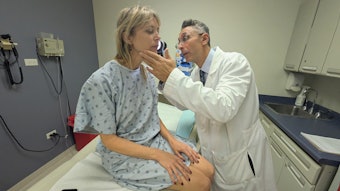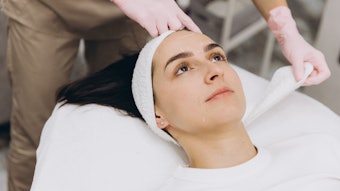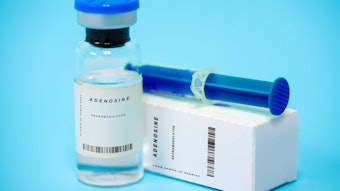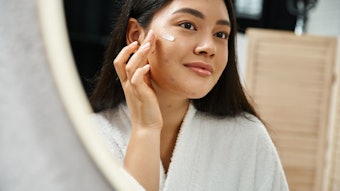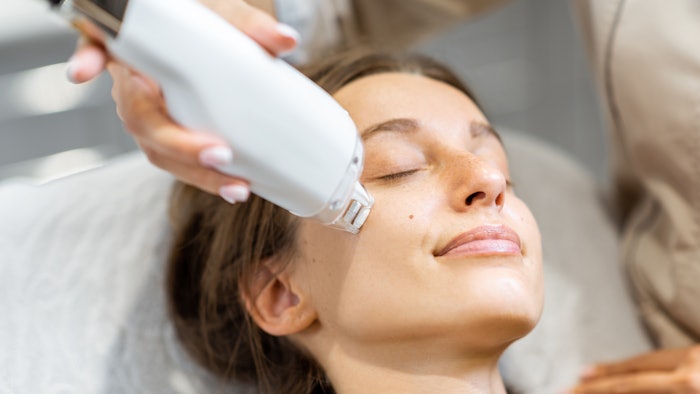
Recent studies published in Dermatologic Surgery reviewed safety protocools present in medspas and the puclib's perception of medspas compared to physician's offices when it comes to safety and cosmetic procedures. The studies highlighed the need for increased regulation on cosmetic medical procedures.
Safety initiatives like the American Society for Dermatologic Surgery Association’s (ASDSA) “Medical Spa Safety Act” adresses patient safety and proper oversight of care in medical spas. For optimal patient safety, ASDSA supports medical spa treatments based on patient outcomes and quality care, as well as appropriate on-site physician supervision, oversight and training.
Related: Aesthetic Devices Market Growth has Increased the Popularity of Minimally Invasive 'Tweakments'
“Who Is Holding the Syringe? A Survey of Truth in Advertising Among Medical Spas” surveyed 127 medical spas in the Chicago area and revealed that non-physicians perform most cosmetic medical procedures at medical spas often without patients’ knowledge of the significant variation in medical supervision and training. At 81.1% of the medical spas surveyed, there was no on-site physician, meaning there was little to no medical evaluation and management by a physician at those medical spas. This study highlights the need for patient safety in medical spa settings and increased regulation of non-physicians performing medical procedures without on-site physician supervision.
“Evaluating Public Perceptions of Cosmetic Procedures in the Medical Spa and Physician's Office Settings: A Large-scale Survey” analyzed public perceptions of medical spas compared to physicians’ offices as places to receive cosmetic medical procedures. The study revealed that a majority believed physicians’ offices to be safer than medical spas.
According to ASDSA, certain procedures, such as minimally invasive skin tightening, had a significantly higher complication rate of 77% at medical spas compared with 0% at physician’s offices. Non-surgical fat reduction had a complication rate of 80% at medical spas and 36% at physicians’ offices. This study illustrates medical spa safety concerns expressed by the public and the correlation between less physician involvement and higher complication rates of certain cosmetic medical procedures.
Related: Dermatologists Have the Most Influence on Patient's Decisions for Cosmetic Procedures: ASDS Survey
“These studies emphasize growing patient safety concerns regarding the proliferation of non-physicians practicing medicine, especially in medical spas with minimal to no physician oversight,” said Seth Matarasso, M.D., ASDSA’s incoming president. “Lack of regulation and enforcement has enabled many medical spas to offer cosmetic medical procedures performed by inadequately trained or unsupervised staff to unsuspecting patients. For optimal patient safety, ASDSA supports medical spa treatments based on patient outcomes and quality care, as well as appropriate on-site physician supervision, oversight and training.”
ASDSA's “Medical Spa Safety Act" calls on states to regulate medical spas and keep medical procedures under the oversight of physicians, along with requiring medical directors to have training on all procedures being performed. The model bill also includes additional staff education requirements, notification to the public if a physician is not on-site, and options for mandatory adverse event reporting.

